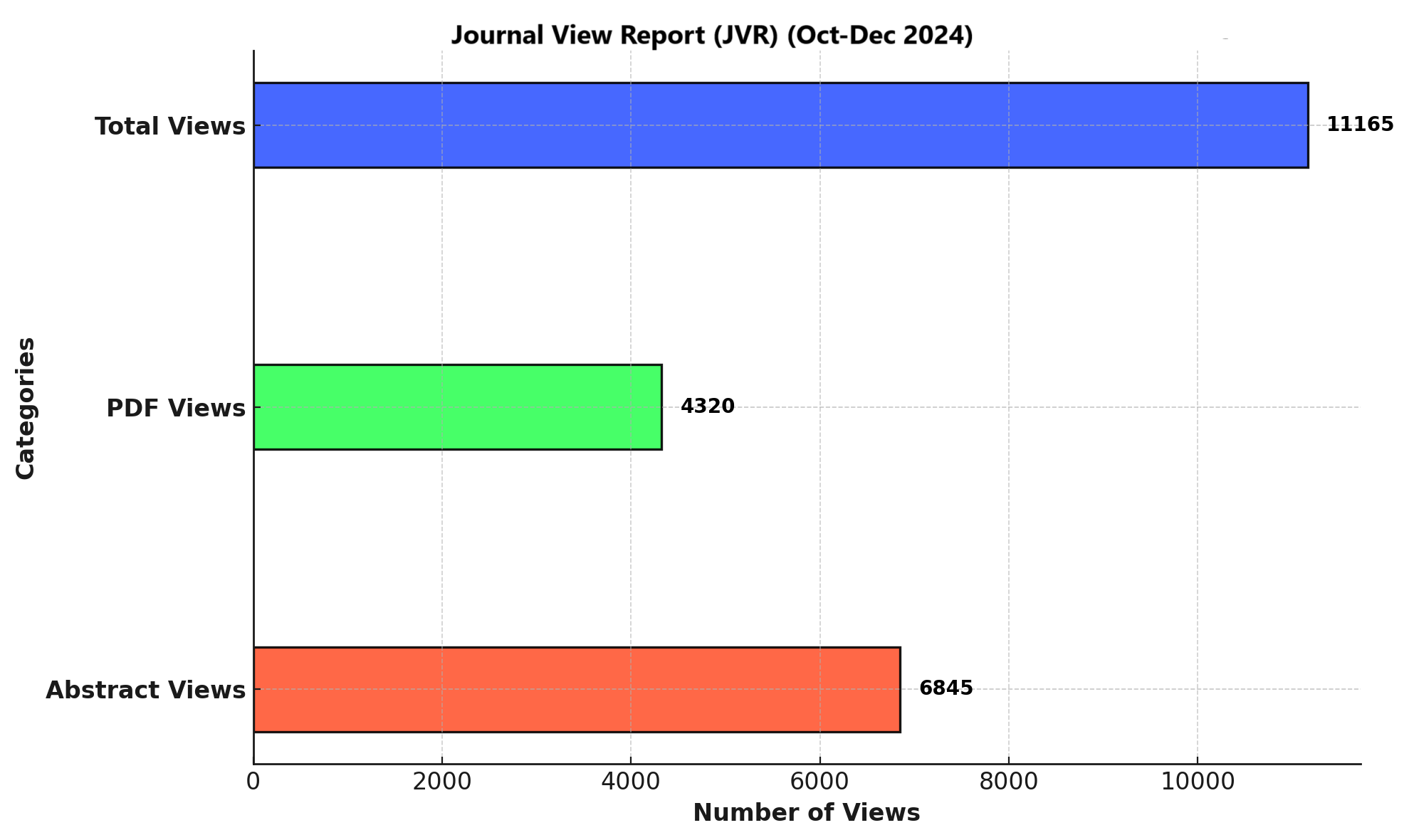OUTCOME OF PLEX IN GUILLAIN–BARRÉ SYNDROME PATIENTS TREATED BEFORE AND AFTER 7 DAYS OF SYMPTOMS ONSET
DOI:
https://doi.org/10.71000/ijhr137Keywords:
Plex, GBS, Plasmapheresis, Hugh Score, AIDPAbstract
Background: Guillain-Barré Syndrome (GBS) is an acute, immune-mediated polyneuropathy that often follows infections, characterized by varying degrees of motor weakness, sensory impairment, and autonomic dysfunction. The disease has multiple subtypes, including Acute Inflammatory Demyelinating Polyradiculoneuropathy (AIDP) and Acute Motor Axonal Neuropathy (AMAN), with diverse functional outcomes. Plasma exchange (PLEX) has emerged as a cost-effective and efficient therapeutic option in resource-limited settings, but its impact on various subtypes and functional outcomes requires further exploration.
Objective: To evaluate the effectiveness of plasma exchange (PLEX) as a treatment for GBS and to prospectively analyze the clinical and functional outcomes of patients aged 16 and above across different subtypes of GBS.
Methods: This prospective observational study was conducted over six months at a tertiary care hospital in Rawalpindi. Participants aged 16 and older, meeting inclusion criteria, underwent detailed history taking, clinical examination, and electrophysiological studies, including Forced Vital Capacity (FVC) and EMG, to categorize GBS subtypes. Functional disability was assessed using the Hughes GBS Disability Scale. All patients received five sessions of PLEX initiated on the day of admission. Outcomes were evaluated on the seventh day. Data analysis was performed using SPSS, with quantitative variables presented as means and qualitative variables as percentages.
Results: A total of 40 participants were included, with a mean age of 38.97 ± 5.4 years. Males constituted 63% (n = 25) and females 37% (n = 15). Participants were categorized by Hughes GBS Disability Score into Group 1 (n = 5, Score 2), Group 2 (n = 12, Score 3), Group 3 (n = 20, Score 4), and Group 4 (n = 3, Score 5). Based on EMG findings, 57.5% (n = 23) had AIDP, 30% (n = 12) had AMAN, and 12.5% (n = 5) had AMSAN. After seven days of treatment, 80% of patients in Groups 1 and 2 showed significant improvement, while 75% in Group 3 and 33% in Group 4 demonstrated partial recovery. AIDP had the best response to PLEX, with 24 patients showing improvement, compared to 1 patient with AMAN and 2 with AMSAN.
Conclusion: Patients with GBS exhibit varying functional disabilities and outcomes across different subtypes. PLEX demonstrated significant improvement, particularly in patients with lower initial disability scores and the AIDP subtype. Early intervention and subtype-specific management are critical for optimizing outcomes.
Downloads
Published
Issue
Section
License
Copyright (c) 2024 Jamshaid Iqbal, Abdul Hameed Khan, Sarah Azam, Sidra Fazal, Muhammad Waleed Ahmed, Muhammad Raza, Muhammad Farrukh Habib (Author)

This work is licensed under a Creative Commons Attribution-NonCommercial-NoDerivatives 4.0 International License.







